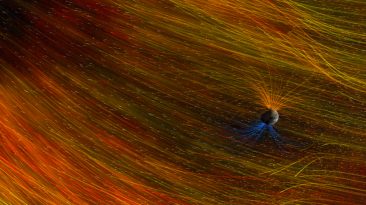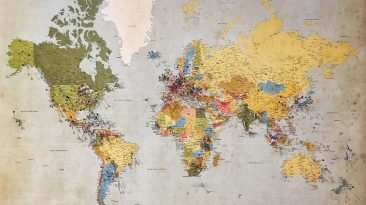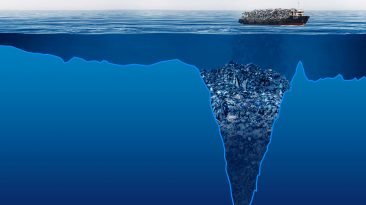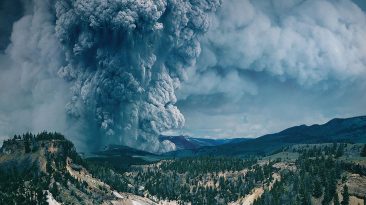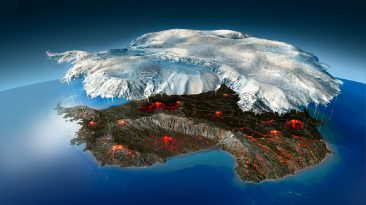Spanning more than 66 million years, the Cenozoic Era shaped the world we live in today. From the rise of mammals to the emergence of modern humans, this era tells a story of survival, evolution, and sweeping biological change.
Let us take a journey back through time and explore six key reasons why the Cenozoic Era remains one of the most important periods in Earth’s history. And why, in many ways, we are still living in it.
1. The Dinosaurs Were Gone but Life Kept Moving Forward
The Cenozoic Era began around 66 million years ago, just after a massive asteroid impact wiped out the dinosaurs. While that marked the end for the great reptiles, it opened the door for something new.
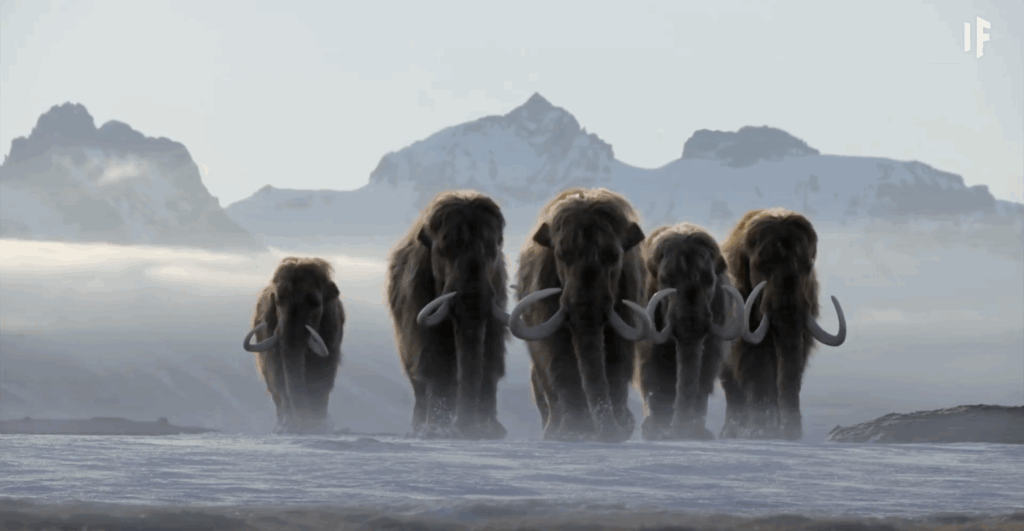
Mammals rose to fill the void. They grew larger, became more diverse, and spread across every continent. Creatures like woolly mammoths, saber tooth cats, and giant sloths began to thrive in a world that was constantly changing.
2. Giant Creatures Ruled the Land and the Sea
Many animals during this era were truly massive. Woolly mammoths stood over three meters tall and weighed up to eight tons. In what is now Australia, you could find diprotodons, giant marsupials that resembled enormous wombats.
In the oceans, the megalodon reigned. This giant shark could reach lengths of up to twenty meters, with teeth as large as a human hand. Other massive species included the glyptodon, which looked like a tank made of bone, and the elasmotherium, often called the Siberian unicorn, which resembled a woolly rhinoceros. Why were these animals so big? Scientists believe a combination of rich food sources and fewer predators allowed them to grow to enormous sizes.
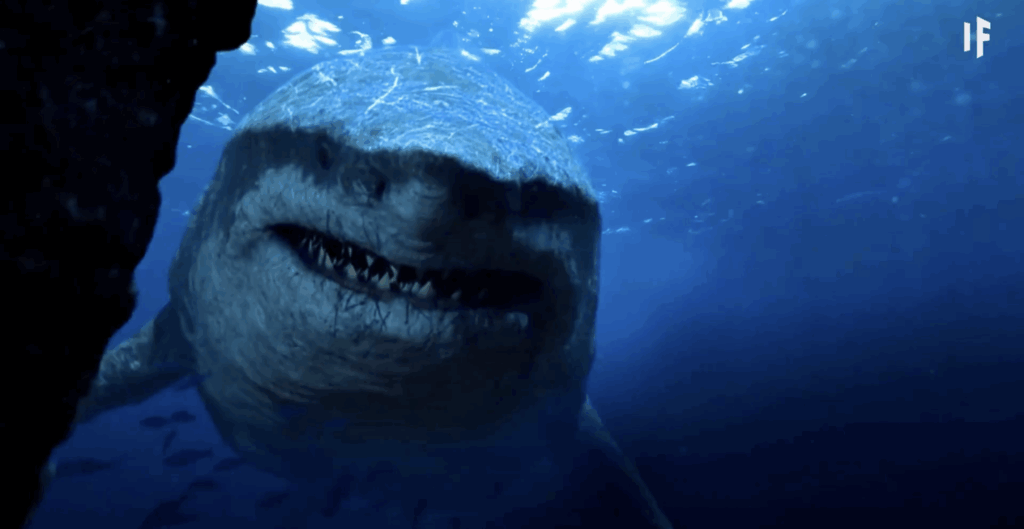
3. This Was the Beginning of Human Evolution
As time went on, primates diversified. Eventually, this gave rise to the hominid family, our early ancestors. These hominids began to use tools, control fire, and even develop early forms of language. They migrated across Africa, Asia, and Europe. Some species, like the Neanderthals, thrived in Eurasia but were eventually replaced by more advanced groups of humans.
In the end, only one group survived and continued to evolve. That group was homo sapiens.
4. The Cenozoic Was Divided into Three Major Time Periods
The Cenozoic Era is broken into three main periods: the Paleogene, the Neogene, and the Quaternary.
The Paleogene was the beginning. Mammals and flowering plants became widespread. Major tectonic shifts helped shape the continents, and mountain ranges like the Himalayas began to form.
During the Neogene, early human ancestors began to appear. Modern species of plants and animals evolved, and Earth’s climate began to cool, leading to the first ice ages.
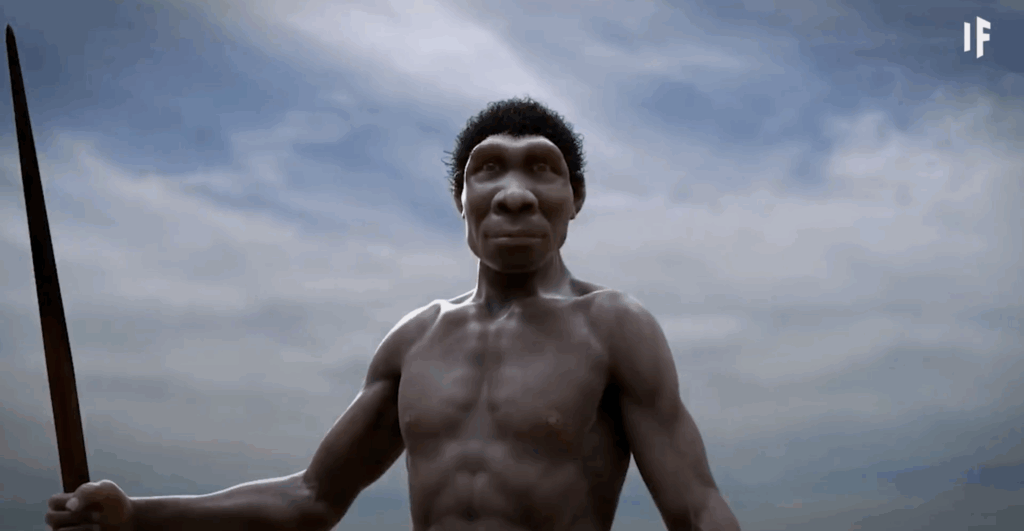
The Quaternary is the period we are still living in today. It has been marked by repeated ice ages, warming periods, and a dramatic rise in human activity and influence on the planet.
5. Survival Would Not Have Been Easy
Compared to earlier geological eras, the Cenozoic would be easier to survive in, but not by much. Oxygen levels were similar to today, but threats still loomed everywhere. Giant predators roamed the land, and unpredictable weather could make life difficult.
If you were to find yourself in this era, your best chance at survival would be joining an early human tribe. They had tools, fire, and knowledge of the land. Without them, you would need to make shelter, find food, and avoid becoming lunch for a giant predator.

6. Believe It or Not, You Are Still Living in It
Here is something most people do not realize, the Cenozoic Era has not ended. We are still in its most recent phase, the Quaternary period. Some scientists have even proposed a new term for our time: the Anthropocene. This would mark the age in which humans became the dominant force shaping Earth’s environment and ecosystems.

Of course, all eras come to an end. These transitions are usually marked by massive geological shifts or mass extinctions. If humanity were to suddenly vanish, it could signal the start of a brand new era.












